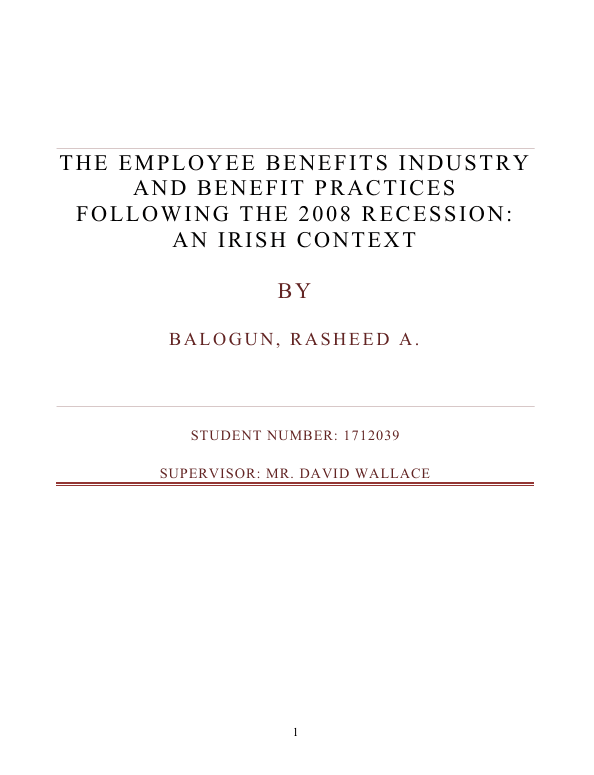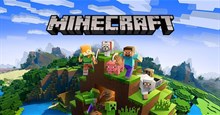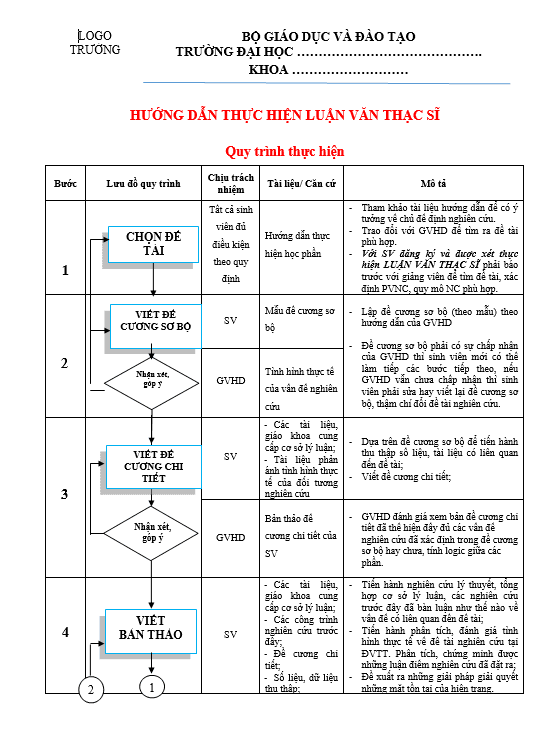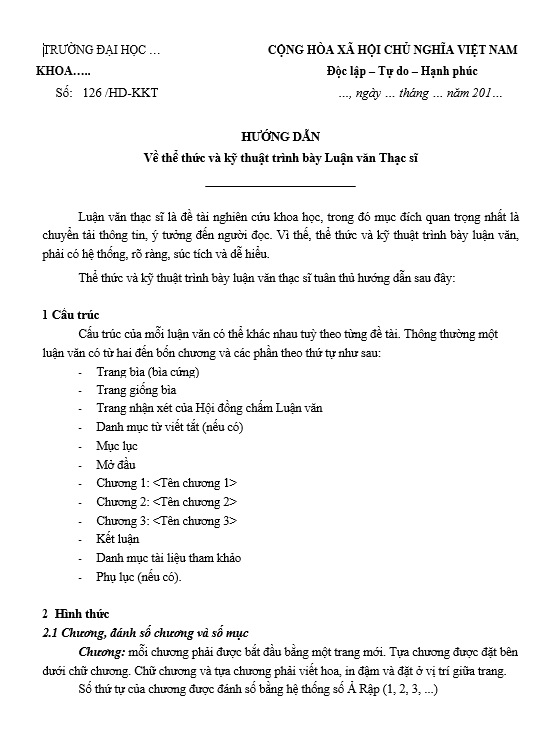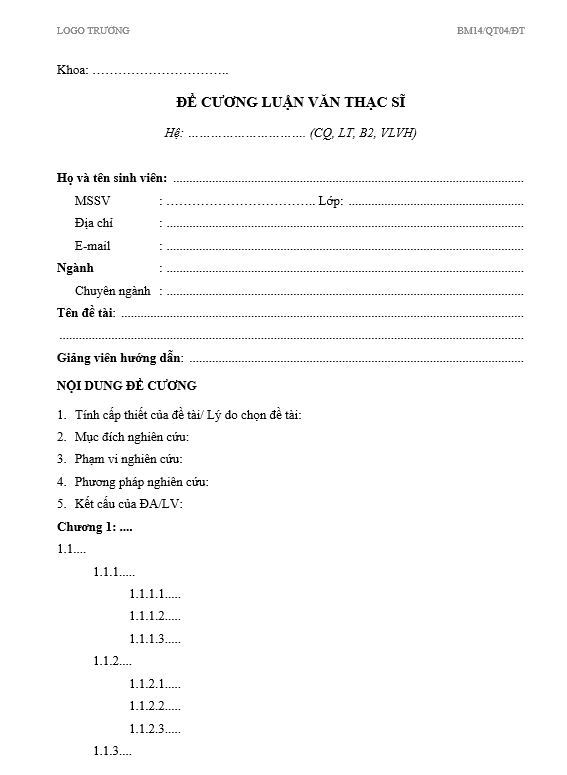CONTENTS
Acknowledgements …………………………………………………………………………………………………………. 8
Abstract …………………………………………………………………………………………………………………………. 9
1. Introduction …………………………………………………………………………………………………………… 10
2. Literature Review…………………………………………………………………………………………………… 12
2.1 Hrm During The Industrial Revolution Era ……………………………………………………………… 12
2.2 Employee Attraction And Retention ……………………………………………………………………….. 13
2.3 Employee Motivation And Performance …………………………………………………………………. 14
2.4 Employee Benefits ……………………………………………………………………………………………….. 16
2.5 Link Between Employee Benefits And Employee Attraction And Retention ……………….. 17
2.6 Link Between Employee Benefits And Employee Motivation And Performance …………. 19
2.7 Employer Reaction Followiing The 1930 Great Depression ………………………………………. 20
2.7.1 GE Case Study ………………………………………………………………………………………………. 22
2.8. Employer Reaction To Employee Benefits Following The 2008 Recession ………………… 23
2.8.1. Kpmg Case Study …………………………………………………………………………………………. 26
2.8.2. Adecco Case Study ……………………………………………………………………………………….. 26
2.9. Human Resource Management In Ireland ………………………………………………………………. 27
2.9.1. The Recession In Ireland ……………………………………………………………………………….. 27
2.9.2. The Effect Of The Recession On Hrm In Ireland ………………………………………………. 29
2.9.3. Response Of HR Managers To The Recession ………………………………………………….. 33
2.10. Research Gap ……………………………………………………………………………………………….. 36
2.11. Research Objective ……………………………………………………………………………………….. 37
2.12. Research Questions……………………………………………………………………………………….. 37
3. Research Methodology …………………………………………………………………………………………… 38
3.1. Introduction ……………………………………………………………………………………………………… 38
3.2. Research Philosophy …………………………………………………………………………………………. 40
3.2.1. Introduction ………………………………………………………………………………………………….. 40
3.2.2. Justification For Selecting Interpretivism As The Research Philosophy ……………….. 41
3.3. Research Approach ………………………………………………………………………………………….. 42
3.3.1. Introduction ………………………………………………………………………………………………. 42
3.3.2. Justification For Selecting The Inductive Research Approach …………………………. 43
3.4. Research Strategy …………………………………………………………………………………………….. 43
3.4.1. Introduction ………………………………………………………………………………………………. 43
3.4.2. Justification For Selecting The Case Study Research Strategy ………………………… 44
3.5. Research Choices …………………………………………………………………………………………….. 45
3.5.1. Introduction ………………………………………………………………………………………………. 45
3.5.2. Justification Of Selecting The Mono Method Research Choice ……………………….. 46
3.6. Research Time Horizon …………………………………………………………………………………….. 46
3.6.1. Introduction ………………………………………………………………………………………………. 46
3.6.2. Justification For Selecting The Cross-Sectional Time Horizon ……………………….. 47
3.7. Data Collection And Analysis ……………………………………………………………………………. 47
3.7.1. Introduction ………………………………………………………………………………………………. 47
3.7.2. Primary Data Collection …………………………………………………………………………….. 48
3.7.3. Secondary Data Collection …………………………………………………………………………. 50
3.8. Sampling…………………………………………………………………………………………………………. 51
3.8.1. Introduction ………………………………………………………………………………………………. 51
3.8.2. Justification For Selecting Non-Probability Sampling Method ………………………… 51
3.9. Research Plan ………………………………………………………………………………………………….. 52
3.9.1. Ethics…………………………………………………………………………………………………………… 52
3.9.2. Limitations …………………………………………………………………………………………………… 53
4. Findings And Analysis ……………………………………………………………………………………………….. 54
4.1. Introduction ………………………………………………………………………………………………………… 54
4.2. Abstraction Of The Employee Benefits Industry……………………………………………………… 54
4.2.1. Introduction ………………………………………………………………………………………………….. 54
4.2.2. Methodology For The Abstraction Of The Employee Benefits Industry ………………. 54
4.2.3. Result ………………………………………………………………………………………………………….. 56
4.3. Top Benefit Offerings In Ireland …………………………………………………………………………… 65
4.3.1. Introduction ………………………………………………………………………………………………….. 65
4.3.2. Methodology For Determining The Top Benefit Offerings In Ireland ………………….. 65
4.3.3. Result ………………………………………………………………………………………………………….. 66
4.4. Employee Benefits Practices Following The 2008 Recession ……………………………………. 71
4.4.1. Introduction ………………………………………………………………………………………………….. 71
4.4.2. Methodology For Extracting Information Concerning Employee Benefit Policies
After The 2008 Recession ……………………………………………………………………………………….. 71
4.4.3. Result ………………………………………………………………………………………………………….. 72
4.5. Validation …………………………………………………………………………………………………………… 75
4.5.1. Methodology For Validation…………………………………………………………………………… 75
4.5.2. Results …………………………………………………………………………………………………………. 76
4.6. Summary ……………………………………………………………………………………………………………. 80
5. Discussion And Conclusions ………………………………………………………………………………………. 81
5.1. Conclusions ………………………………………………………………………………………………………… 83
5.2. Recommendations ……………………………………………………………………………………………….. 86
5.3. Future Work ……………………………………………………………………………………………………….. 88
6. Reflections On Learning …………………………………………………………………………………………….. 89
6.1. Introduction ………………………………………………………………………………………………………… 89
6.2. Background ………………………………………………………………………………………………………… 89
6.3. Master‘s Experience…………………………………………………………………………………………….. 90
6.4 Areas Of Development …………………………………………………………………………………………. 90
6.4.1. Leadership Skills …………………………………………………………………………………………… 90
6.4.2. Interpersonal Skills ……………………………………………………………………………………….. 91
6.4.3. Marketing Skills ……………………………………………………………………………………………. 92
6.4.4. Knowledge Of The Employee Benefits Industry ……………………………………………….. 93
6.5. Conclusion …………………………………………………………………………………………………………. 94
7. Bibliography …………………………………………………………………………………………………………….. 95
8. Appendix ………………………………………………………………………………………………………………… 103

